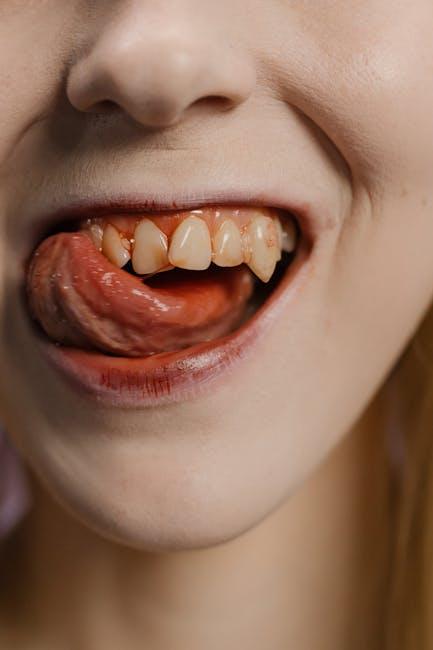
Does Medicaid Cover Dental? Orthodontics, Common Procedures & State Coverage
Dental health is vital for overall wellness, yet many assume that dental care isn’t covered by Medicaid. If you’re wondering does Medicaid cover dental? or if orthodontic treatments fall under its benefits, you’re in the right place. This comprehensive guide explains Medicaid’s dental coverage, including orthodontics, common procedures covered, and how coverage varies by state. By understanding your Medicaid dental benefits, you can better navigate your healthcare options and maintain a healthy smile without breaking the bank.
Understanding Medicaid Dental Coverage
Medicaid is a government healthcare program that assists millions of low-income individuals and families with medical costs. However, dental coverage within Medicaid is not uniform across the country. While some dental services are mandatory for children under Medicaid, adult dental coverage is optional and varies by state.
Who Qualifies for Medicaid Dental Benefits?
- Children under 21: Medicaid and the Children’s Health Insurance Program (CHIP) are federally mandated to provide dental coverage for anyone under 21. This includes preventive and restorative services.
- Adults: Coverage depends on state decisions. Some states offer extensive adult dental benefits, while others provide limited or emergency-only dental services.
- Pregnant women: Many states offer dental benefits to pregnant Medicaid recipients due to the link between oral health and pregnancy outcomes.
Does Medicaid Cover Orthodontics?
One of the most frequently asked questions is whether Medicaid covers orthodontic treatment such as braces or other corrective procedures. The short answer: it depends.
When Does Medicaid Cover Orthodontics?
- Children and teens under 21: Some states cover orthodontic treatment if it’s deemed medically necessary. This often includes cases like severe malocclusion, cleft palate, or other congenital defects.
- Adults: Orthodontic benefits for adults are rare in Medicaid programs. Most states do not cover braces or orthodontics for adults unless it is linked to a medical condition.
Medical Necessity is Key
Because orthodontic treatments are often considered cosmetic, Medicaid typically covers them only when they are medically necessary. A dental professional usually has to submit documentation proving that the orthodontic treatment is crucial for oral function, health, or developmental issues.
Common Dental Procedures Covered by Medicaid
Medicaid dental benefits for children include a broad range of services. However, for adults, what is covered varies greatly.
| Procedure | Children Coverage | Adult Coverage (Varies by State) |
|---|---|---|
| Dental Exams & Cleanings | Covered (Routine & preventive) | Mostly covered; varies by state |
| Fillings & Restorations | Covered | Covered in many states, some limitations |
| Tooth Extraction | Covered | Emergency & necessary extractions usually covered |
| Root Canals | Covered | Covered by some states; often limited access |
| Dental Crowns | Covered when medically necessary | Limited coverage; varies |
| Orthodontics (Braces) | Covered if medically necessary | Rarely covered |
| Preventive Sealants | Covered | Seldom covered for adults |
State-by-State Medicaid Dental Coverage
Since Medicaid programs are state-administered, the dental benefits vary widely. Some states offer robust adult dental programs, while others provide only emergency services. Here’s a quick overview of dental coverage trends in select states:
| State | Children’s Dental Benefits | Adult Dental Benefits |
|---|---|---|
| California | Comprehensive coverage | Extensive adult dental benefits |
| Texas | Comprehensive coverage | Emergency & limited restorative only |
| New York | Comprehensive coverage | Broad adult dental coverage |
| Florida | Comprehensive coverage | Emergency dental services only |
| Ohio | Comprehensive coverage | Moderate adult coverage including some preventative |
Tip: To find your state’s specific coverage, visit your state Medicaid website or consult a Medicaid dental provider.
Benefits of Medicaid Dental Coverage
- Early Healthy Habits: Kids and young adults receive preventive care that reduces cavities, tooth decay, and long-term health issues.
- Affordable Care: Keeps dental costs low or free for low-income individuals.
- Access to Orthodontic Treatment: In states that offer this benefit, children with serious oral health issues can get medically necessary orthodontics covered.
- Reduced Emergency Visits: Preventive and restorative services reduce the need for painful and costly emergency dental care.
Practical Tips for Maximizing Your Medicaid Dental Benefits
- Confirm Coverage Before Treatment: Always check with your state Medicaid office or dental provider to ensure a procedure is covered.
- Find Approved Providers: Not all dentists accept Medicaid, so use state resources to find in-network providers.
- Keep Up With Preventive Care: Regular cleanings and check-ups help catch issues early and keep coverage active.
- Document Medical Necessity: For orthodontics, obtain necessary medical documentation to improve approval chances.
- Use CHIP for Children: If your children qualify for CHIP, they get guaranteed dental coverage, even when Medicaid adult benefits are limited.
Case Study: Sarah’s Medicaid Orthodontic Journey
Sarah, a mother of two in New York, was concerned when her 10-year-old son developed severe malocclusion requiring braces. Since Medicaid in New York covers medically necessary orthodontics for children, Sarah’s dentist helped her submit the required paperwork documenting the severity of her son’s condition. The braces were approved and covered through Medicaid with minimal cost to Sarah. This experience underscored how understanding Medicaid dental benefits helps families access needed care.
Conclusion: Navigating Medicaid Dental Coverage for a Healthier Smile
While Medicaid does cover dental care, the details and extent of coverage—especially for orthodontics—depend greatly on your age and state of residence. Children under 21 are guaranteed dental benefits, including some orthodontic coverage when medically necessary. Adults’ dental benefits are more varied and often limited. Understanding Medicaid dental coverage empowers you to utilize available benefits effectively, find in-network providers, and maintain your oral health affordably.
For up-to-date information, always check your state Medicaid website or consult with a Medicaid dental provider. Keeping your teeth healthy leads not only to a brighter smile but also contributes to your overall health and well-being.
Have questions about Medicaid dental? Visit Healthinsurance.org for more resources, tips, and expert guidance.


